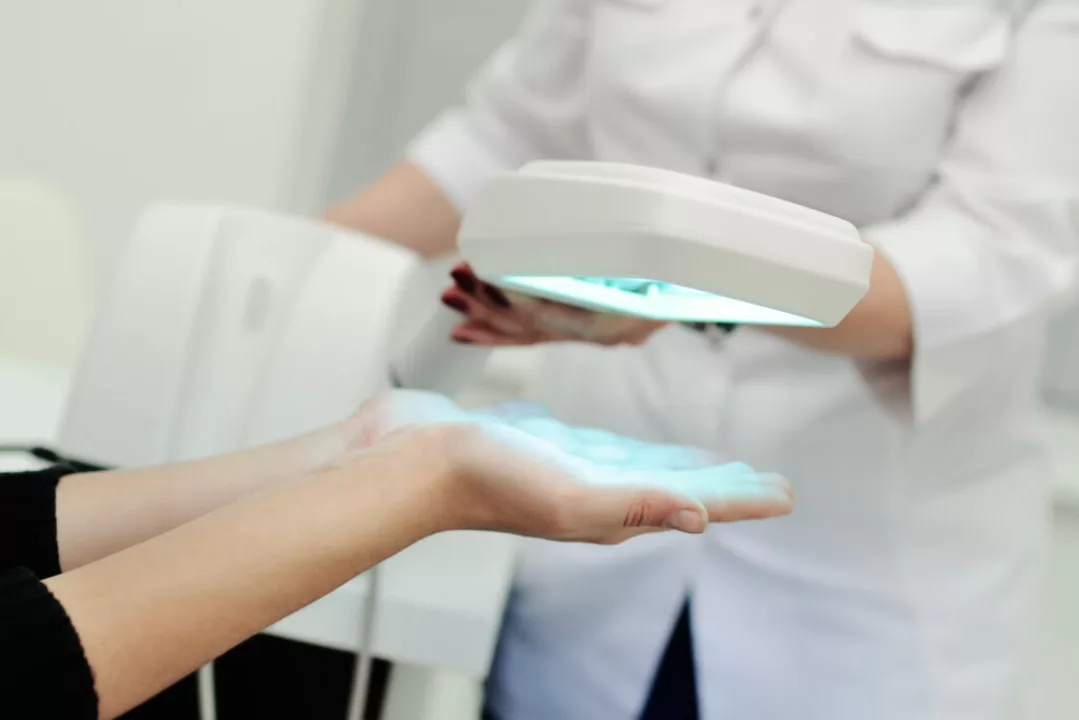Skin condition: quick, useful facts and what to do next
Red, itchy, scaly, or painful skin shows up for lots of reasons. Some issues clear with a simple cream or lifestyle change. Others need prescription drugs or a doctor’s exam. This page helps you tell the difference, follow safe steps at home, and find reliable treatment options when you need them.
Spot the common problems fast
First, match what you see to common patterns. Fungal infections (athlete’s foot, jock itch, nail fungus) usually cause itching, flaking, and sometimes yellowing nails. Bacterial infections (like impetigo or early cellulitis) often bring localized redness, warmth, swelling, and sometimes pus. Eczema or contact dermatitis shows as dry, itchy patches that may blister. Acne appears as clogged pores, pimples, or nodules on the face, chest, or back.
If the rash is new, itchy, and in skin folds, think fungus. If it’s spreading quickly, very painful, or you have fever, treat it as a possible bacterial infection and see a doctor. Nail fungus often needs oral treatment; creams rarely fix it alone.
Practical treatment steps you can try
For mild fungal skin infections, try an OTC antifungal cream with clotrimazole or terbinafine. Apply as directed for at least 2 weeks after symptoms vanish. For athlete’s foot, dry the area, rotate footwear, and use powder if needed. Nail fungus or severe, recurring fungal infections may require an oral antifungal like itraconazole—see our article "Sporanox Uses, Side Effects, and Treatment Tips for Fungal Infections" before asking a doctor about it.
Mild eczema often improves with a daily emollient and short courses of low‑strength topical steroid (hydrocortisone 1%). For bad flares, stronger steroids or a doctor visit is needed—don’t use high‑potency steroids on the face without medical advice. Bacterial skin infections sometimes need oral antibiotics; never self-treat a spreading, warm, or tender area. Our guides on antibiotics like "Levaquin: Uses, Side Effects, Warnings, and Tips for Safe Use" and "Alternatives to Vibramycin" explain risks and when certain drugs are appropriate.
For acne, start with benzoyl peroxide or salicylic acid washes. If acne is severe or scarring, see a dermatologist—oral meds or prescriptions can help but need monitoring.
If you buy medications online, prioritize safety. Check that the pharmacy requires a prescription, has clear contact info, and shows third‑party verification. Read our posts "Your Guide to Online Pharmacy chemicallypumped.com" and "Top Alternatives to Canada Pharmacy Online" for tips on spotting legit suppliers and avoiding sketchy offers.
When to see a doctor: spreading redness, fever, severe pain, sores that won’t heal, sudden swelling, or if you’re immunocompromised. If a home treatment doesn’t show steady improvement in a week for fungal or bacterial issues, make an appointment. Early treatment often prevents complications.
Need specific reading? Check related articles on this site for deeper, practical guidance about antifungals, antibiotics, and safe online pharmacies. Keep notes on what started the problem and what you tried—this makes your visit to the doctor faster and more useful.

The Benefits of Phototherapy for Eczema Treatment
Apr 29 2023 / Health and WellnessAs someone who has struggled with eczema, I can't stress enough the benefits of phototherapy for eczema treatment. This non-invasive treatment uses ultraviolet (UV) light to soothe inflammation and improve the skin's overall appearance. Not only does it provide relief from itching and discomfort, but it also reduces the need for topical creams and steroids. The best part is that it's safe for long-term use, with minimal side effects, making it a reliable option for managing this stubborn skin condition. I highly recommend giving phototherapy a try if you're looking for an effective way to treat your eczema.
VIEW MORE